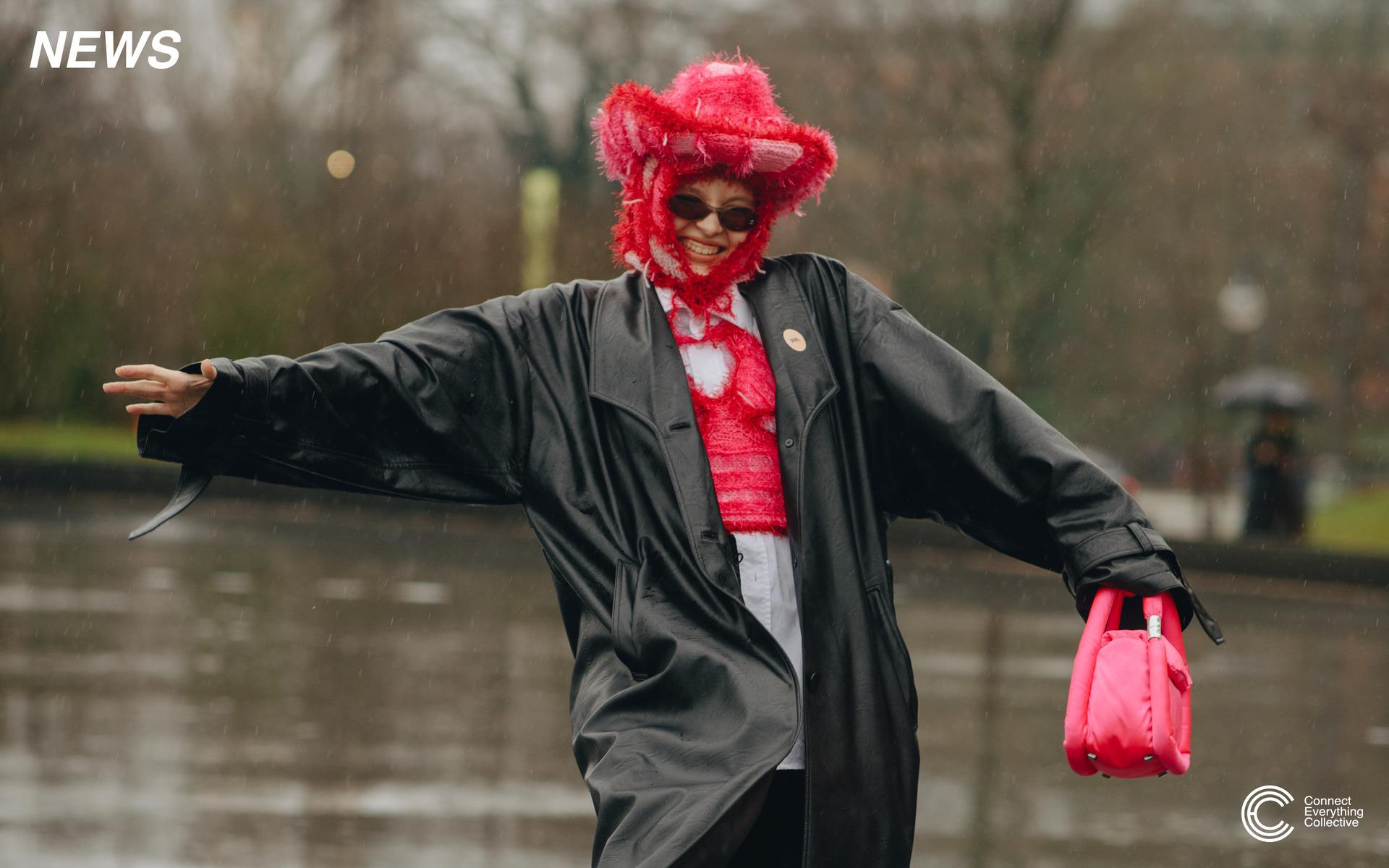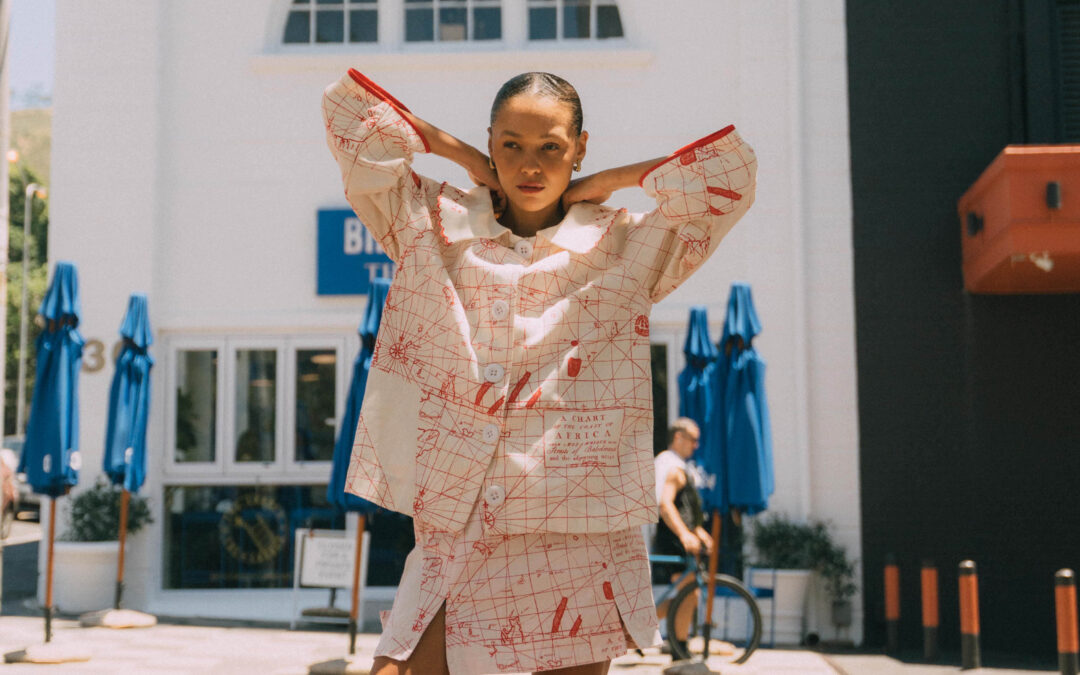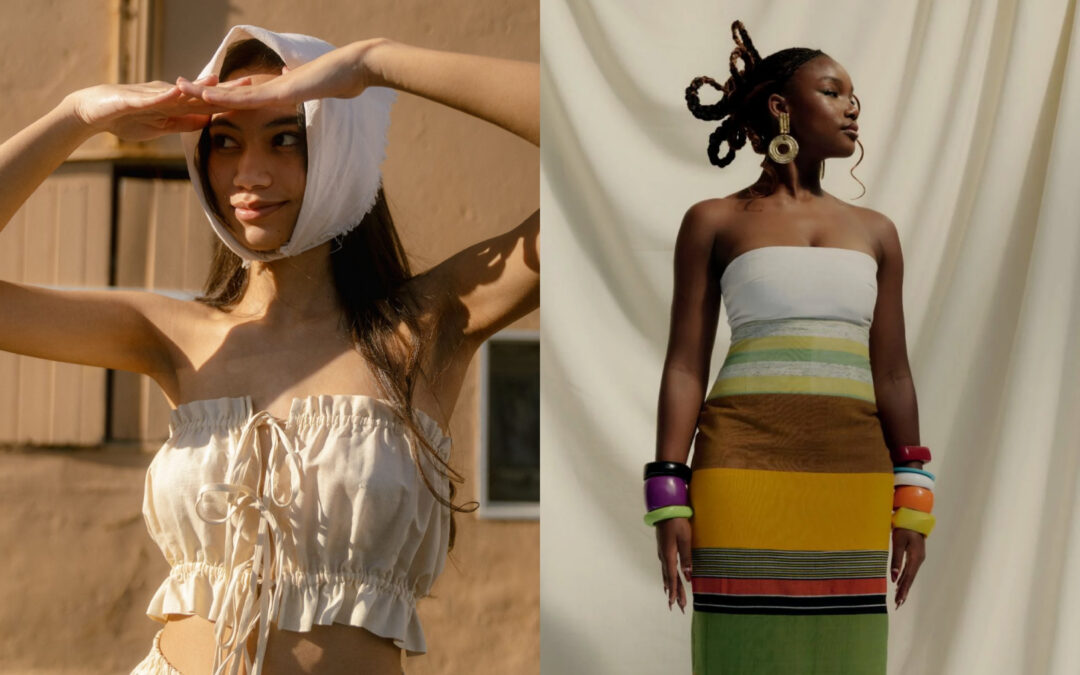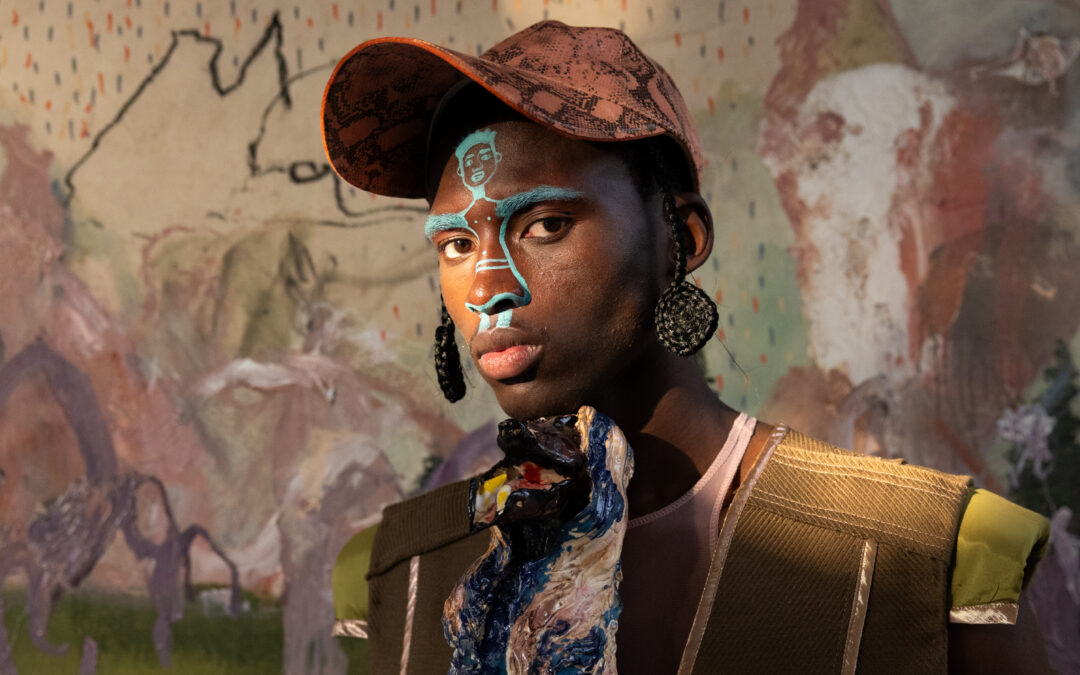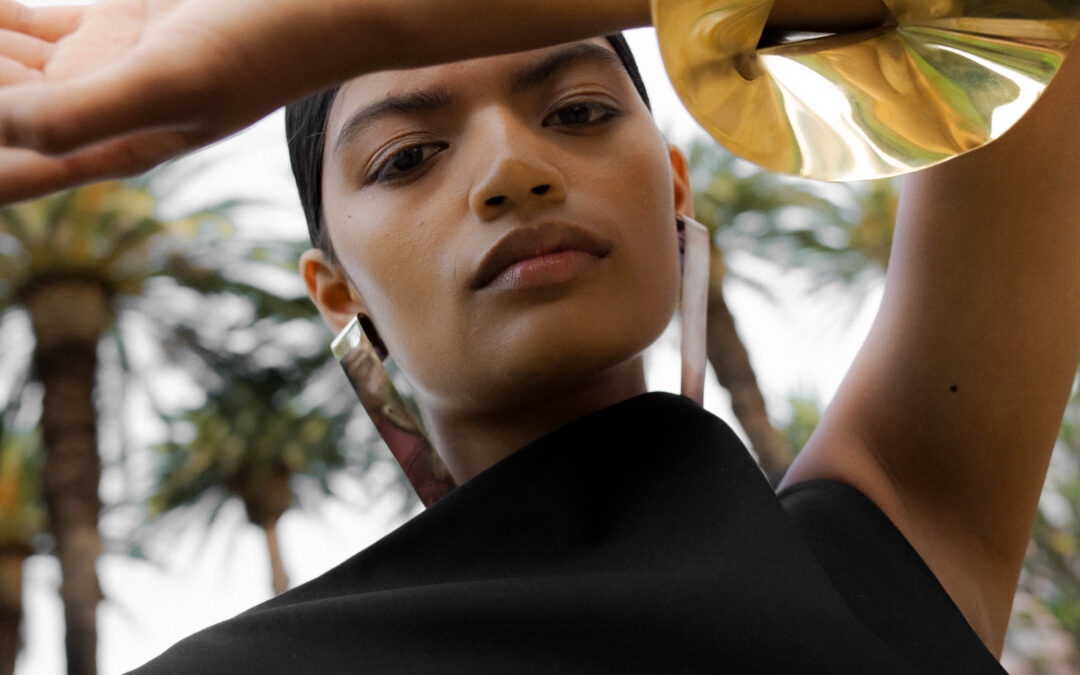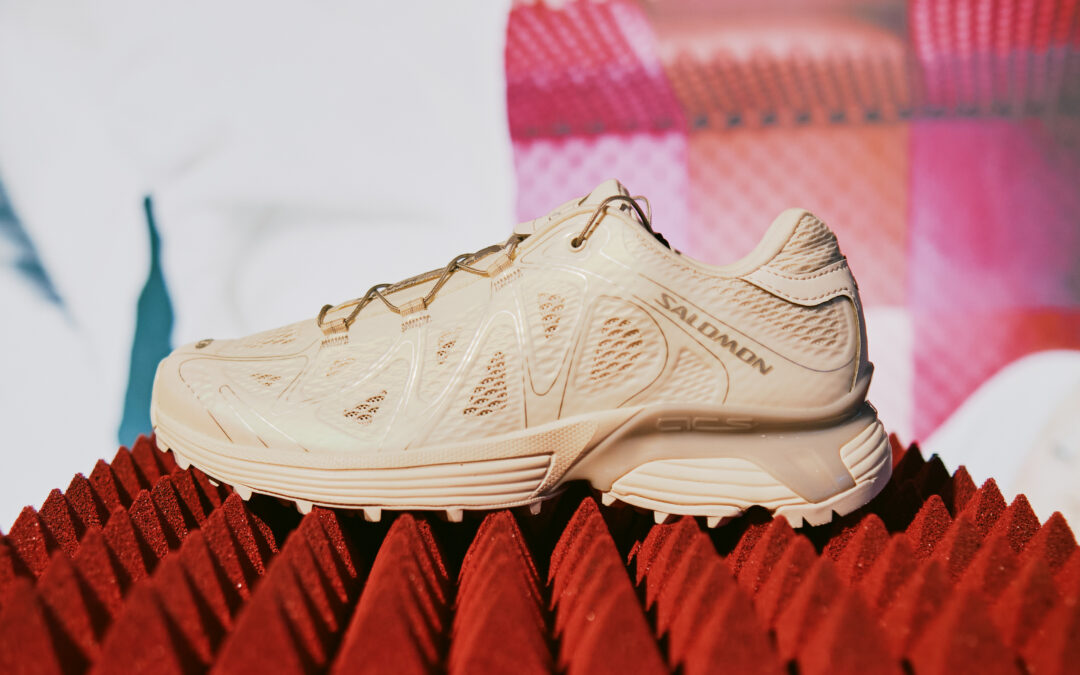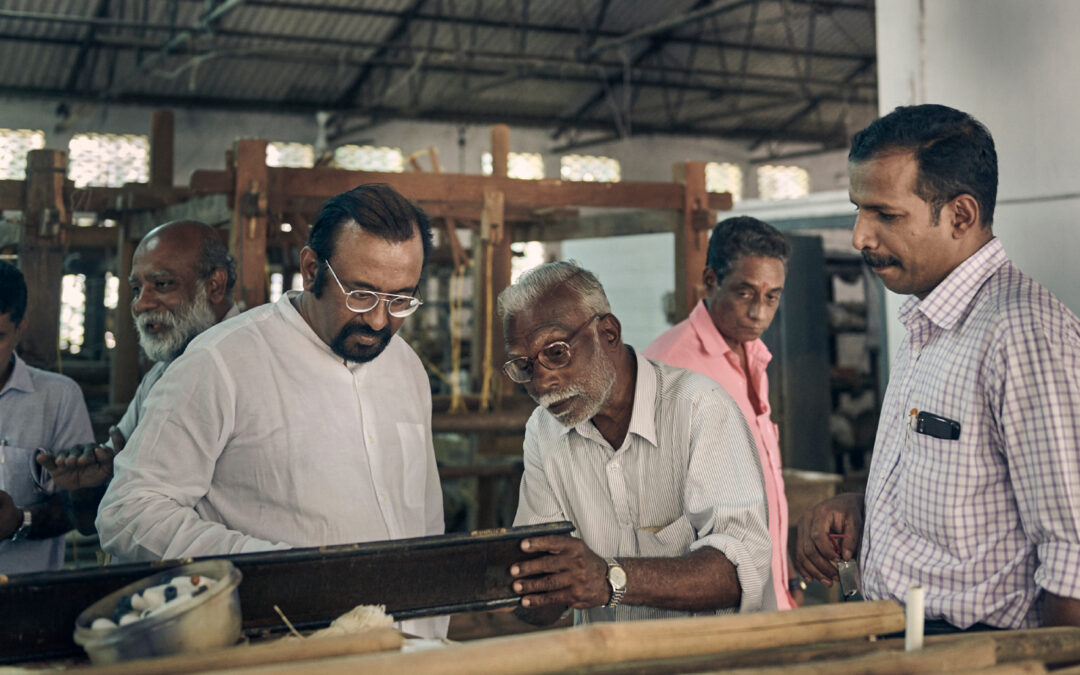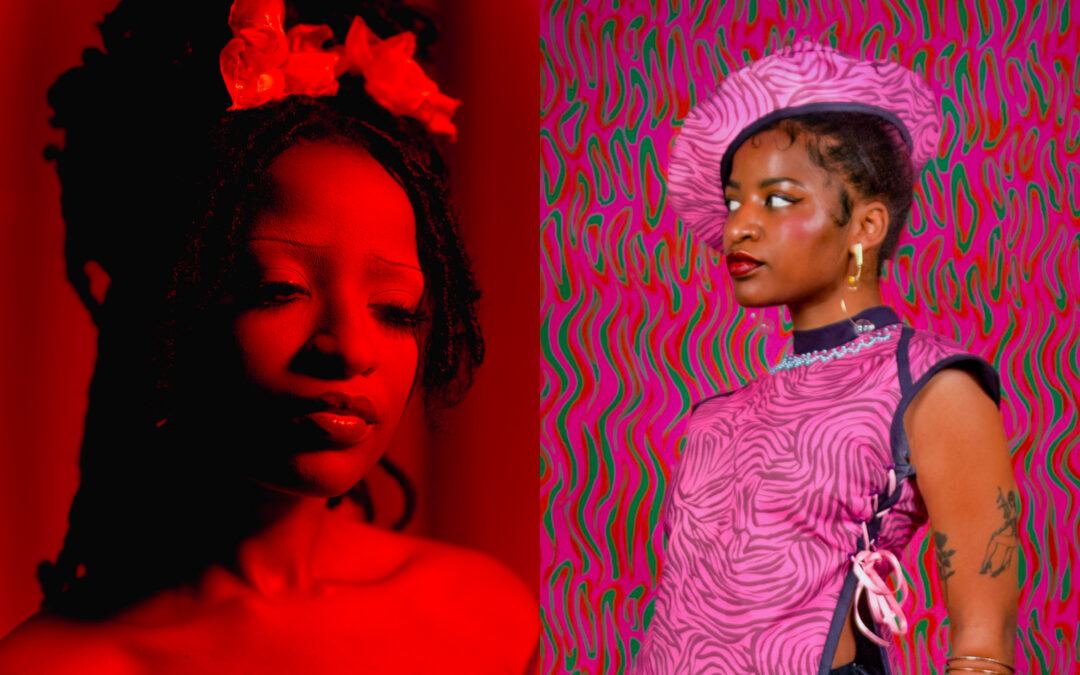Fashion’s cool, sustainable younger sister is back for the Autumn / Winter season – Copenhagen Fashion Week. Challenging the holy trinity of Paris, Milan and London, CPHFW is fast-becoming an essential mainstay, at least not for their unbridled commitment to sustainable and ethical values. What is usually murmured and recognized for the appearance of ‘care’ in traditional and established industry – CPHFW takes sustainability so seriously that if designers do not meet certain standards: they simply will not be allowed to show. This kind of industry incentive and encouragement is a brilliant, holistic approach by the system itself, led by Copenhagen Fashion Week’s CEO Cecilie Thorsmark.
So what’s ahead? From Tuesday, 31st January to Thursday, 2nd February; CPHFW will host 28 brands – please find the schedule list here. We can expect to see the city of Copenhagen come alive (from our screens) as the event platforms a myriad of events, street-parties and of course – street style that will light up Pinterest and cool-girl IG feeds from the moment they’re uploaded. This season is the first pilot of CPHFW strict 18 minimum standards for every label or designer applying to showcase; some of these include label’s that do not destroy unsold clothing after collections, who use at least 50% of materials used are recycled, up-cycled, deadstock or certified organic and regenerative textiles (that are traceable), zero waste set design and show production and prioritising inclusivity and diversity particularly within managerial and leadership roles, within the applicant brand’s business structure. Please read the rest of the Minimum Standards, here.
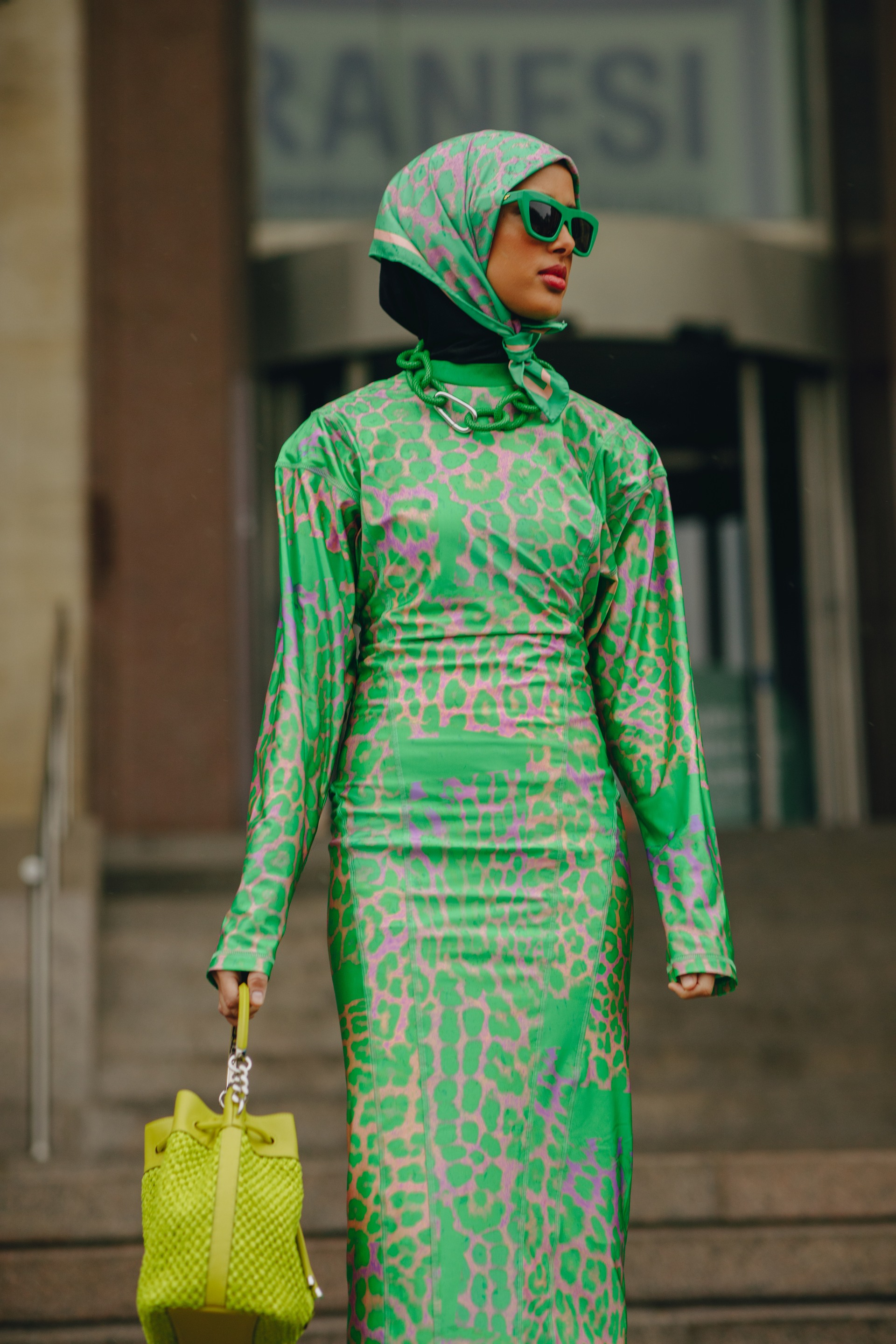
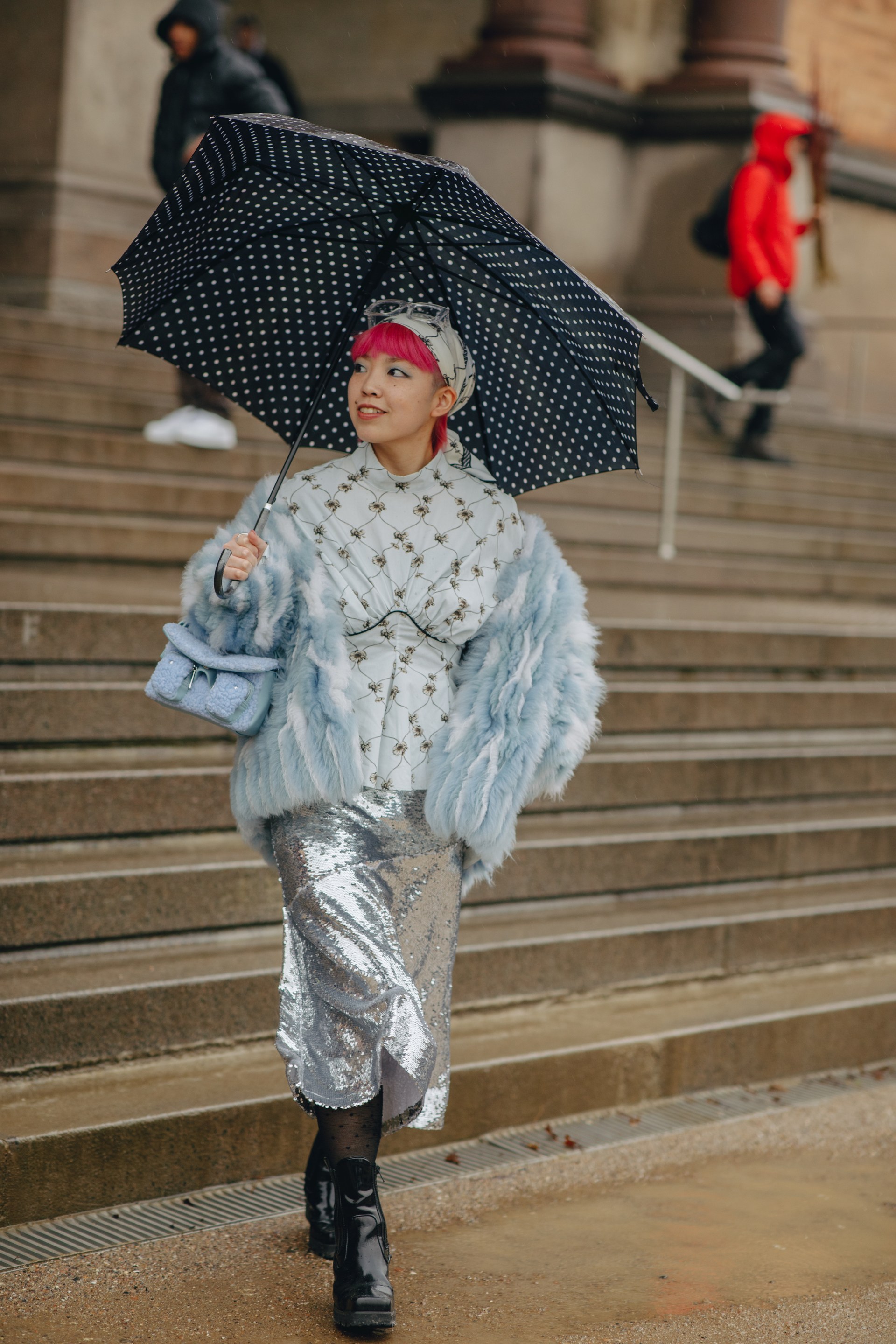

In short? When viewing Copenhagen Fashion Week from next week Tuesday, you are guaranteed to be watching only an array of sustainable designers and labels; they will have had to meet all of the standards, and will be unequivocally vetted and structured internally, externally and at fashion week itself to comply with all these aspects. This is not about contrived pledges (heard them all before) or targets: these standards have to be pre-existing and an integrated way in which the brands function from season to season. This is how we action systemic change; by doing it.
For Chapter 08 of our monthly fashion column, Interlude, I made a case for the parallels between our emerging fashion market in South Africa, and Denmark; “The home of the ‘Ganni Girl’ and coined term ‘Copencore’ – arising out of the minimalist palette of their sister country, Sweden – Danish fashion has risen out of such shadows to become synonymous with vivid colours and textures – playfulness, joy and a deliberate emphasis on apparel and everyday wear. Slightly different from “ready-to-wear”, I use the term everyday wear to describe the sincerity of Danish fashion – that it seems to actually reflect, directly and effortlessly, the sartorial choices of our generation; many of us working as creatives, many of us thrifting and interpreting trends with less rigidity and rules than before. Danish fashion seems to show the lived lifestyles of fashion-conscious people around the world; and as such, Copenhagen Fashion Week is as much a coveted affair as it is an event that feels accessible and relatable. The wild part of this – particularly the fervour for which CPHFW is becoming an essential fixture in the industry – is that it is still considered a very young, emerging fashion market. Sound familiar?” Copenhagen Fashion Week gives me hope, and I hope it can for you too.
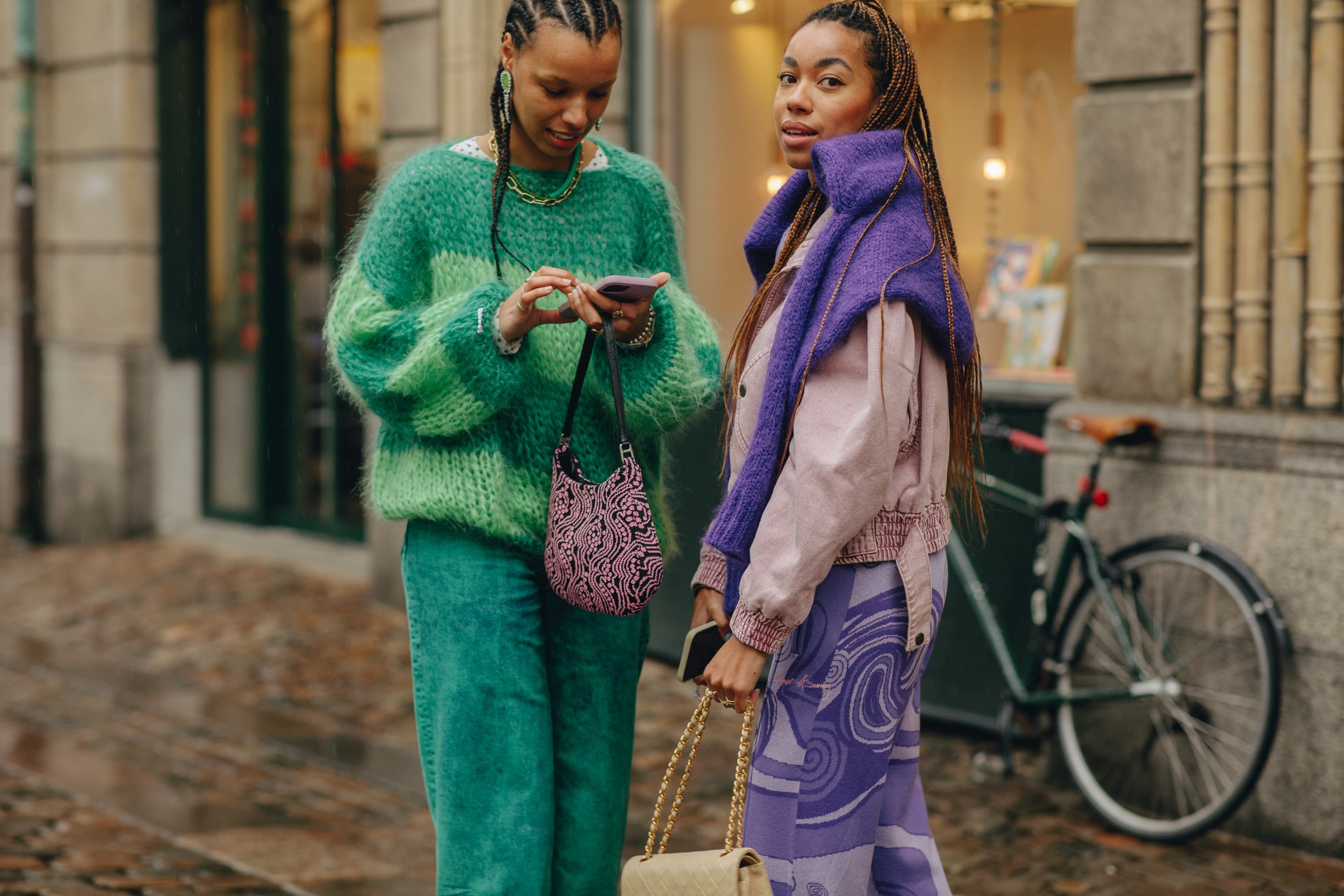
All images courtesy of : Copenhagen Fashion Week’s Digital Showroom
Written by: Holly Beaton
Published: 27 January 2023

